Vietnam has two archipelagos off the East Sea, the Hoang Sa and Truong Sa archipelagos. These are two typical archipelagos of the country and are inseparable parts of our country's territory.
Truong Sa and Hoang Sa are two extremely beautiful archipelagos of our country. Possessing a paradise of beautiful scenery with blue sea, white sand, and golden sunshine, Truong Sa and Hoang Sa rarely have the opportunity to welcome tourists to visit. Through this article, let's learn and admire some charming images of the two large archipelagos of Vietnam.
1. Truong Sa Hoang Sa Vietnam - steady at the forefront
1.1. Geographical location of Truong Sa and Hoang Sa
Hoang Sa is an archipelago located in the sea area from about 15o15' to 17o15' North latitude, 111o to 113o East longitude, about 120 nautical miles from Ly Son island of Quang Ngai province.
The Paracel Islands consist of more than 13 islands, rocks, coral cays, reefs and shoals divided into two groups (An Vinh group in the East, Luoi Liem group in the West). The total land area of the Paracel Islands is about 10 square kilometers. Of all the islands, the largest island is Phu Lam island, with an area of 1.5 square kilometers.

Hoang Sa archipelago now belongs to Da Nang city, Truong Sa belongs to Khanh Hoa province.
Truong Sa is an archipelago located in the sea area from about 6o50' to 12o North latitude, 111o30' to 117o20' East longitude, about 248 nautical miles from Cam Ranh City (Khanh Hoa province), about 203 nautical miles from Phu Quy island district of Binh Thuan province.
The Truong Sa archipelago consists of more than 100 large islands, rocks, cays, coral reefs and sandbanks. The important islands of the archipelago include Truong Sa, Nam Yet, An Bang, Ba Binh, Loai Ta, Song Tu Tay, Thi Tu, Tu Dong... The total land area of the Truong Sa archipelago is about 3 square kilometers, Ba Binh is the largest island, about 0.5 square kilometers wide.
1.2. History
Vietnam has more than 3,000 large and small islands and two archipelagos located off the East Sea, Hoang Sa and Truong Sa. Our country has full legal basis as well as historical evidence clearly affirming that Truong Sa and Hoang Sa have belonged to Vietnam for a long time, at least since the 17th century.

The drawing of Dai Nam Nhat Thong Toan Do from the Minh Mang period clearly shows the two archipelagos of Truong Sa and Hoang Sa of Vietnam.
From around the first half of the 17th century, Lord Nguyen organized to take people from An Vinh commune of Binh Son district, Quang Ngai prefecture to Hoang Sa archipelago, also known as "Hoang Sa team" to collect goods at sea, catch seafood; measure maps, plant trees as well as erect landmarks on the archipelago.
Until the 19th century, the Nguyen Dynasty organized an additional "Bac Hai team", taking people from Tu Chinh village and Canh Duong commune, Binh Thuan district to advance to the Truong Sa archipelago of Vietnam to confirm sovereignty there.

Vietnam has sufficient evidence to affirm its sovereignty over these two archipelagos.
There is a lot of evidence and documents proving that since the 17th century, our country has exercised sovereignty over the two archipelagos of Hoang Sa and Truong Sa when these places were still uninhabited territories. Vietnam is the only country that has exercised sovereignty over the two archipelagos continuously and peacefully, without encountering any opposition from any country.
Historical sources affirming that Hoang Sa and Truong Sa belong to Vietnam are extremely rich and diverse. Typically, Dai Nam Thuc Luc - the largest historical book of the Nguyen Dynasty - recorded very clearly the activities in managing and exercising sovereignty over Hoang Sa and Truong Sa archipelagos.

Truong Sa and Hoang Sa of Vietnam are inseparable parts of the Fatherland's territory.
In addition, the Nguyen Dynasty's Royal Records are also official administrative documents with the seal of the Nguyen Dynasty (1802-1945) as undeniable evidence, affirming that the Vietnamese monarchy has carried out many activities to establish and exercise sovereignty over these two archipelagos.
Many Western maps from the 16th to the 19th centuries had drawings and notes of the location of Hoang Sa and Truong Sa in Vietnam's waters, recognizing these two archipelagos as part of Vietnam's territory.

Naval Special Forces Group 126 on Truong Sa Island on April 29, 1975.
During the French colonial period in Indochina in the 19th century, France, representing the Nguyen Dynasty, continued to manage the two archipelagos. According to the Patenotre Treaty of 1884, as Vietnam's representative in foreign affairs, from 1925 to 1927, France organized soil and climate surveys, mine research, and maintained patrols on the Paracel Islands. From 1930 to 1933, the French government sent troops to garrison the Spratly Islands.
In 1933, France annexed the Truong Sa archipelago into Ba Ria province, and in 1938, established an administrative unit in Hoang Sa under Thua Thien province. During this time, France also placed landmarks, built lighthouses, and built meteorological and radio stations on Hoang Sa and Truong Sa.

Every day, naval soldiers still keep guard at the sovereignty marker.
On October 14, 1950, France officially handed over the management of the Hoang Sa archipelago to the Bao Dai government. In 1951, representatives of the Bao Dai government, led by Prime Minister and Foreign Minister Tran Van Huu, attended the San Francisco Conference, in front of representatives of 51 countries (including China). At the conference, Prime Minister Tran Van Huu once again affirmed Vietnam's sovereignty over the Hoang Sa and Truong Sa archipelagos.

Soldiers on guard on Colin Island in the Spratly Islands.
After the liberation of the South, the Socialist Republic of Vietnam continued to manage and protect Vietnam's sovereignty over Hoang Sa and Truong Sa islands, through many activities such as the decision to establish administrative units, especially in 1982 Vietnam established Truong Sa district and Hoang Sa district, which now belongs to Khanh Hoa province; Hoang Sa district belongs to Da Nang city. In Truong Sa district, there are also smaller units, such as Truong Sa town, including Truong Sa island and its vicinity; Song Tu Tay commune; Sinh Ton commune...
1.3. How to visit Hoang Sa and Truong Sa islands
How to get to Truong Sa or Hoang Sa and Truong Sa tours are questions that many people are wondering about today. It is known that currently, Truong Sa archipelago is still a military island even though it is inhabited. The means of transportation to Truong Sa, besides navy ships, are only boats of fishermen fishing far from shore. On Truong Sa archipelago, there is a military airport, rescue helicopters, there are no operating civilian aircraft.

To get to Truong Sa Hoang Sa Vietnam you must follow the organization or agency responsible for going to the island.
So, currently tourists cannot travel to Truong Sa and Hoang Sa of Vietnam on their own or join a tour. So how to get to Truong Sa? Hoang Sa? To get to these two archipelagos, you must be in an agency or organization that carries out a mission to Truong Sa such as a performing arts group, artists serving on the island, a youth union, a press group, charity, diplomacy... then you can go.

There are currently no tours to these two islands.
2. Beautiful pictures of the Paracel and Spratly Islands
What is in Truong Sa archipelago? Truong Sa island district has 3 administrative units, which are Truong Sa town, Song Tu Tay island commune and Sinh Ton island commune. Wherever you go, the first image you will see is the navy uniform of young soldiers, with tanned skin, solemnly holding guns to guard the sovereignty milestone of the Fatherland.

Image of a pagoda on Truong Sa island district.
The Truong Sa archipelago consists of more than 100 islands, coral reefs, and shoals, embracing a vast sea area of hundreds of thousands of square kilometers. The archipelago has 8 clusters: Song Tu, Loai Ta, Thi Tu, Nam Yet, Sinh Ton, Truong Sa, Tham Hiem, and Binh Nguyen.
What is there in Truong Sa archipelago? There are no bars, no luxury restaurants, no hotels or bustling skyscrapers on the islands. Truong Sa only has a simple, rustic beauty, with blue sea, white clouds, golden sunshine, and smooth white sand.

Song Tu Tay Island is located at the northernmost point of the Truong Sa archipelago.
On Truong Sa archipelago, there are 9 pagodas with pure Vietnamese architecture, made from good wood that can withstand the salinity of seawater. The pagodas are mainly located on floating islands such as Song Tu Tay, Truong Sa Lon, Sinh Ton, Son Ca, Phan Vinh... and no matter which direction they face, they always face the East Sea, catching the earliest rays of dawn.
Almost everyone who comes to Truong Sa visits and burns incense at the pagoda. In the middle of the vast ocean, the pagodas are sacred places, accompanying the islanders, a spiritual support for the people and soldiers.

Sinh Ton Island belongs to Sinh Ton island commune, Truong Sa island district.
Every day, the life of the people on the islands of Truong Sa archipelago is always peaceful, full of vitality, contributing to protecting the sacred sea and islands of the Fatherland. On Truong Sa, Son Ca, Sinh Ton islands... there are kindergartens and primary schools. Many young teachers also volunteer to go to the islands to teach. After finishing primary school, the children will be transferred to the mainland to continue their studies.

Image of soldiers guarding at the Son Ca island landmark.
The Paracel Islands have two groups. The eastern group has the largest Phu Lam and Linh Con islands, and some other islands such as Bac island, Trung island, Nam island, Cay island... many white sand islands, colorful corals. The western group includes about 15 islands such as Hoang Sa, Quang Anh, Huu Nhat, Duy Mong, Tri Ton, Chim En islands... with an area of only about 0.5km2 or less.

Soldiers and people of Sinh Ton Dong island
The weather in Hoang Sa is divided into two seasons: the dry season from January to June, the rainy season from July to December every year. The archipelago has rich vegetation, lush trees and many precious seafood species, such as sea cucumbers, hawksbill turtles, lobsters...
(According to Vietnam Tourism, July 31, 2023)
Source



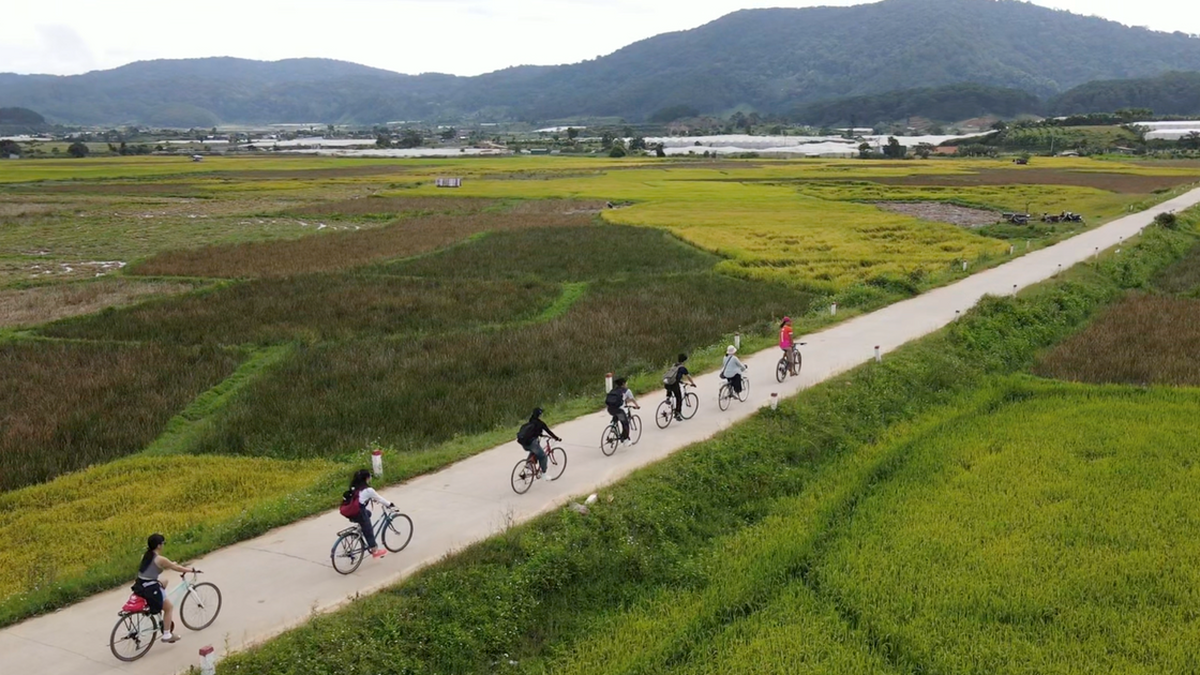

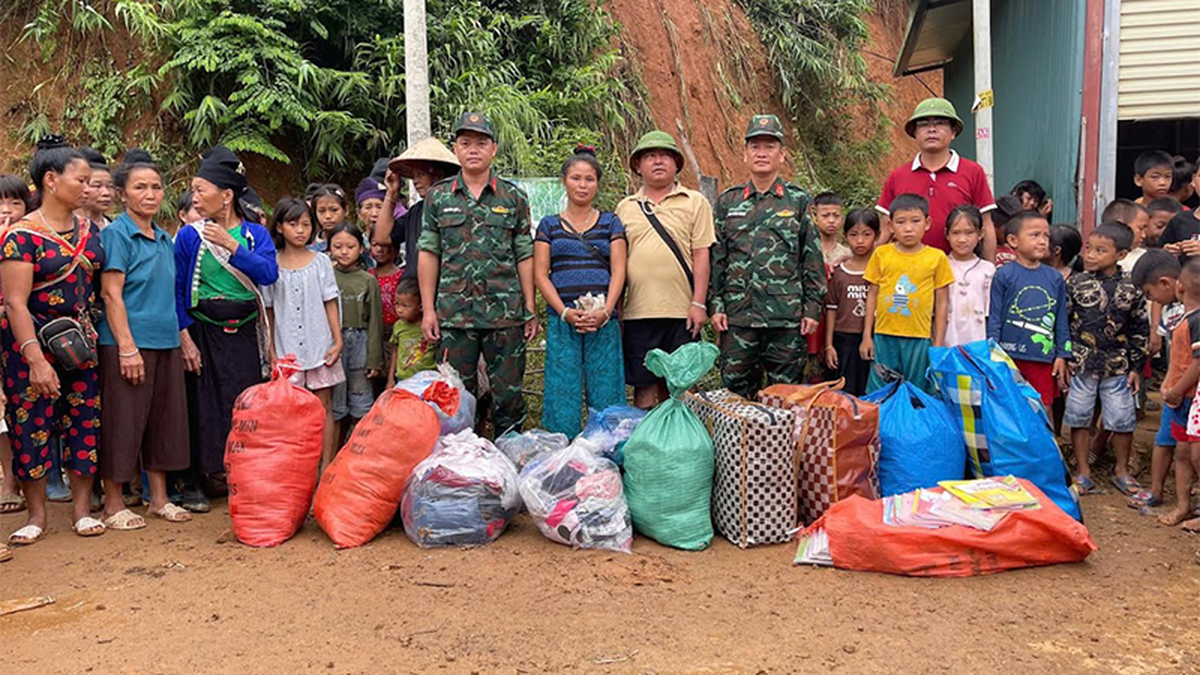


























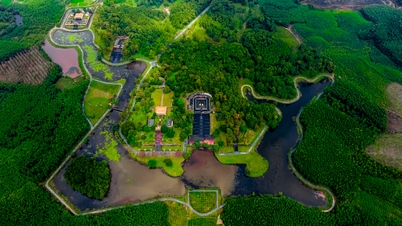



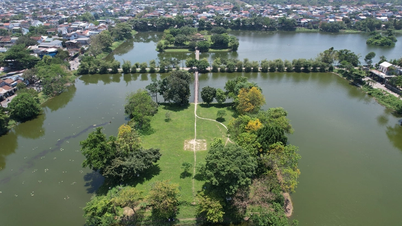
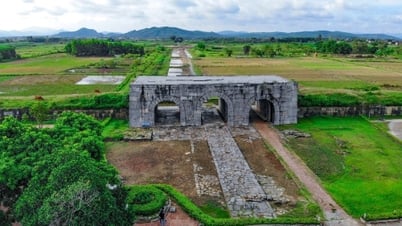

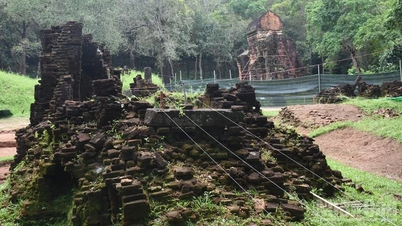
















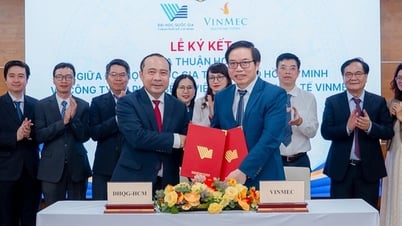


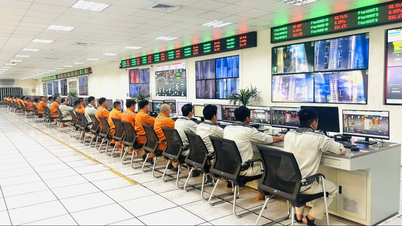






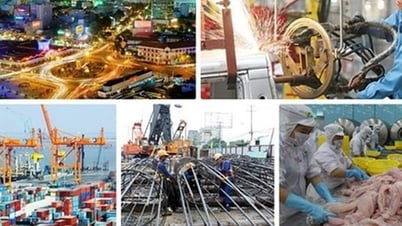

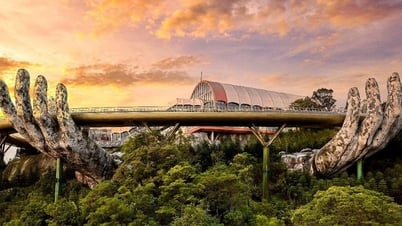

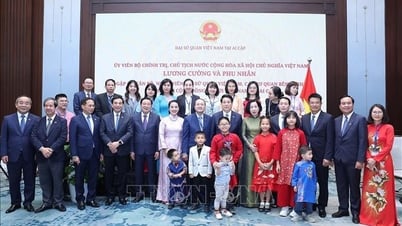

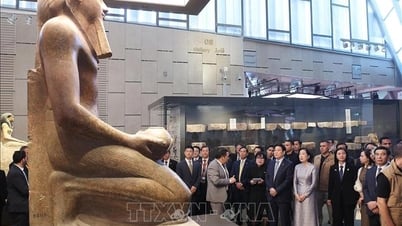


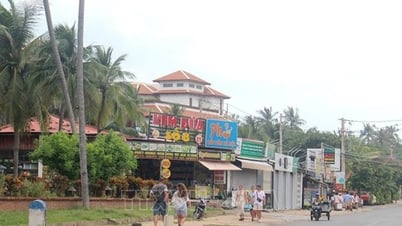


















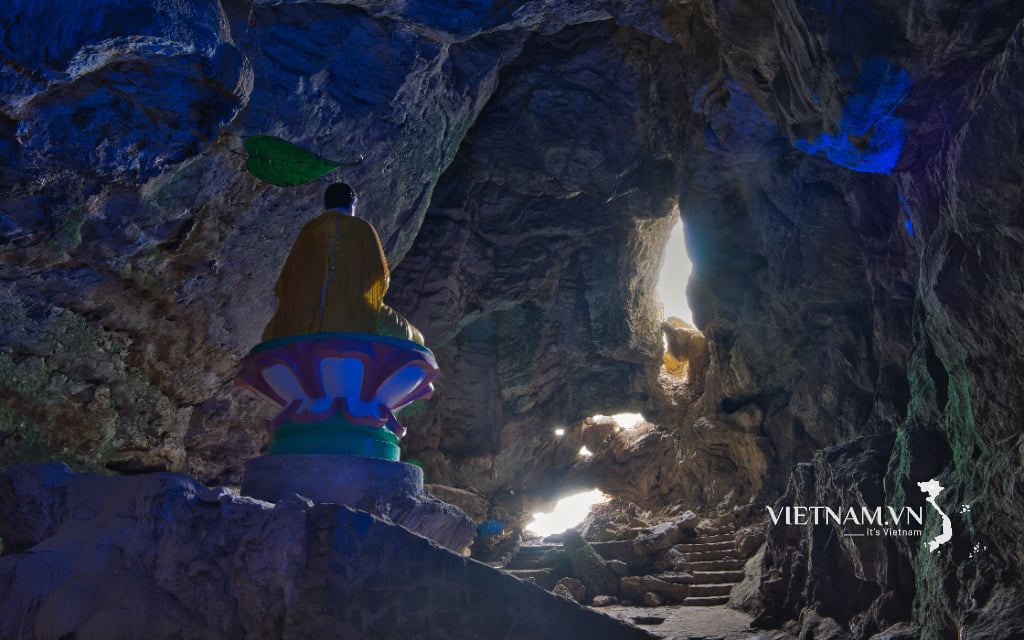



Comment (0)